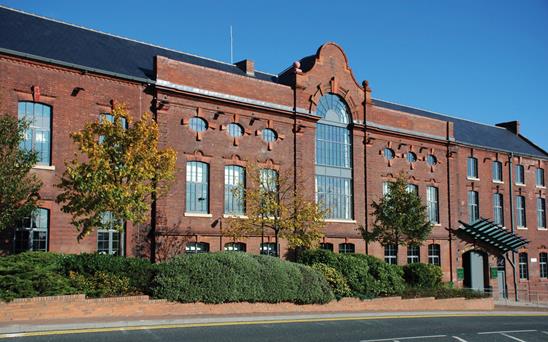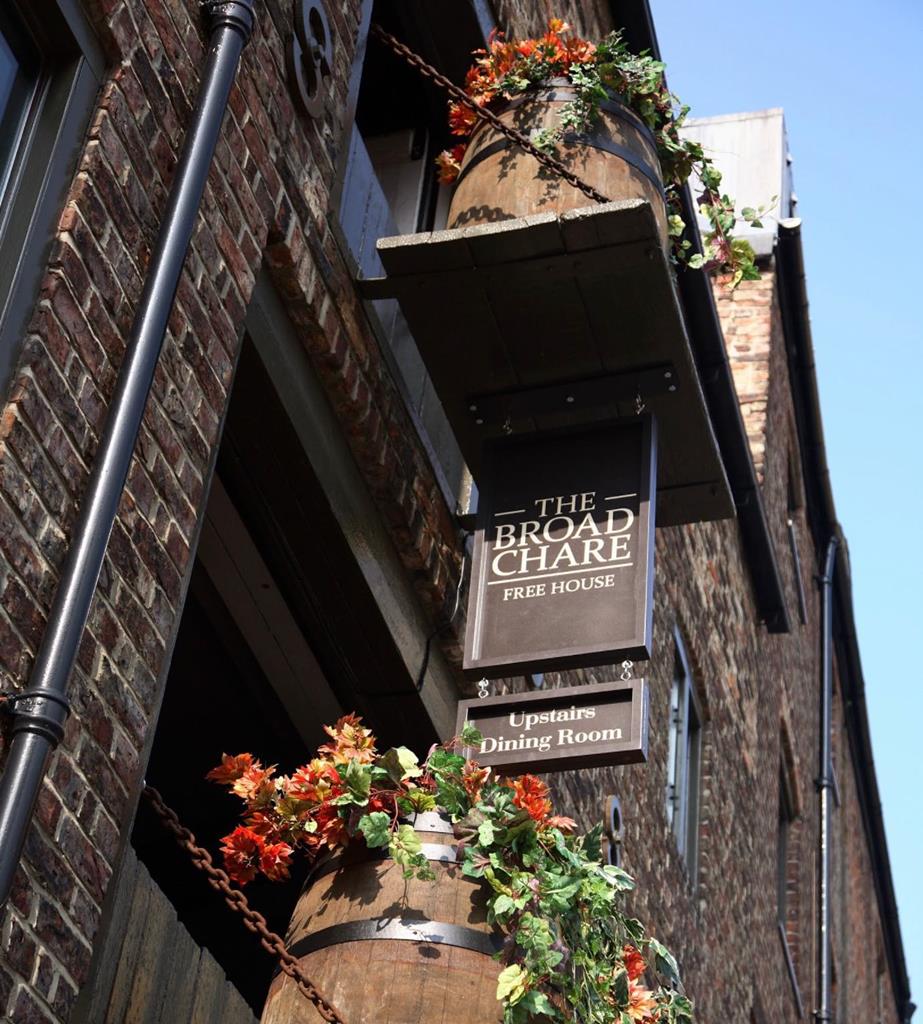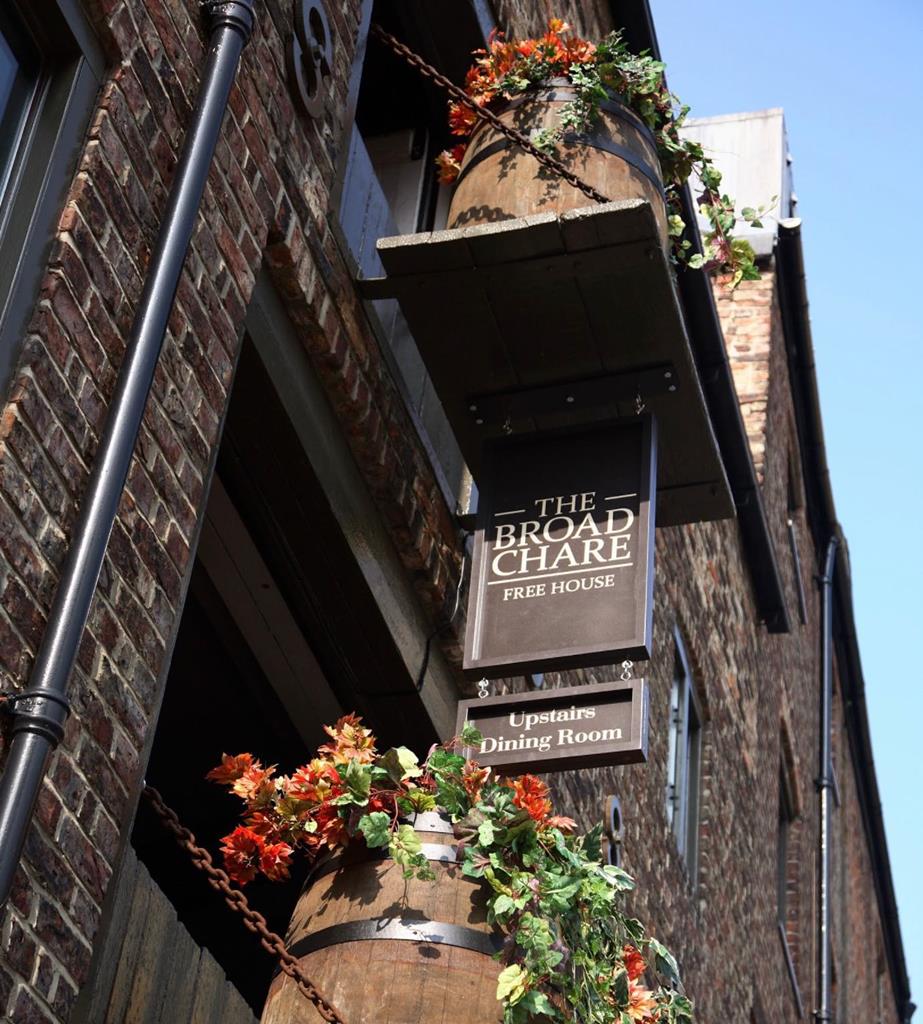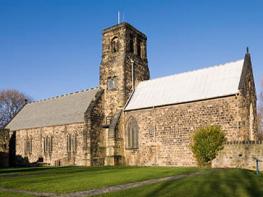Lizard Lane Holiday park is a tranquil sloping grassy site offering spectacular sea views, which…
Marsden and Marsden Bay

5.25 miles (8.4kms)
About the walk
The coast of Durham south of the Tyne was long renowned for its smugglers. The natural caves at the base of the cliffs of Marsden Bay provided hiding places for illicit activity. Most famous of the smugglers was Jack the Blaster, who in 1792 used explosives to increase the size of one of the caves, and provide steps from the cliff top. An entrepreneur, he sold refreshments to other smugglers. In the 19th century an underground ballroom was created here, and in the 1930s a lift was installed. It is now a popular pub and eating place called the Marsden Grotto.
Punishment hanging
One 18th-century smuggler turned informer to the customs men. His fellows discovered his treachery, and the smugglers' ship was prevented from landing its contraband cargo. As punishment the man was suspended in a basket in a shaft, now called Smugglers' Hole, near the Grotto, where he starved to death. On stormy nights his shrieks are said to be heard in the howling of the wind.
The windmills of Cleadon
On the walk you will pass two windmills. The first, in Whitburn, is a squat building that retains its sails. The other, higher on Cleadon Hills, was built in the 1820s, and survived until the end of the century, when it was damaged in a storm. During World War II it housed Royal Observer Corps members who scanned the North Sea for enemy aircraft. Looking south from the tower you see the Penshaw Monument. A half-sized replica of the Temple of Theseus in Athens, it commemorates the 1st Earl of Durham, 'Radical Jack' Lambton, first Governor of Canada. As you cross the golf course beyond the windmill there are views north to Tynemouth, with its castle and priory on the headland.
The red-and-white striped Souter Lighthouse was opened in 1871 to protect ships from the notorious rocks called Whitburn Steel, just off the coast. It was the first light in the world to be electrically powered, by electric alternators. Originally it was nearly 0.25 miles (400m) from the sea, but erosion has brought the cliff edge much nearer. Now decommissioned and in the care of the National Trust, the lighthouse and its surrounding buildings reward careful exploration. The open areas beside the lighthouse were the site of Old Marsden, built in 1874 to house miners from Whitburn Colliery. The colliery, just to the south and now transformed into a nature reserve, operated from 1873 until 1968. Opposite the lighthouse are massive lime kilns. They burnt limestone from the quarry behind, which was then taken by rail to the docks at South Shields.
Walk directions
From the car park by the lighthouse, follow a path down to the coast and turn right on a broad gravel path above the cliffs. Keep left where it later forks. After passing beside a wall bounding the nature reserve, turn right and follow a path winding around the edge of fields. Emerging onto a housing estate, keep ahead to the main road.
Cross the road and walk left. After 0.25 miles (400m), reaching the windmill, turn in to climb a path beside the flower meadow that surrounds it. Continue ahead along the street, winding left and then right to reach a T-junction at its end.
Cross left to find a path leaving behind the bus stop, which runs beside houses to come out onto another road. Go left. Just after passing a bungalow on the right, turn off along a track beside it to Well House Farm. Keep ahead through the farmyard to leave over a stile by a gate at the far side. Carry on along a grass track, turning right over a stile at its end.
A path leads away beside fields, crossing a stile and then swinging left and right to another stile. Continue by the left boundary, shortly reaching another stile. Climb away at the edge of open grassland to the Cleadon Windmill.
Pass right of the mill and follow the ongoing wall to a kissing gate. Carry on, still beside the wall and ignoring a crossing track. The Italianate tower over to the left was built as a chimney above a Victorian waterworks for boilers powering steam pumps that drew water from deep wells below the hill. Beyond another kissing gate, pass through scrub onto a golf course.
Cross the course, following the yellow posts and looking out for golfers. Go over a stone stile and turn right along a footpath, following the wall on your right. The path eventually descends behind houses to a road.
Opposite to the left, a contained track winds beside a caravan park to the busy coast road. Cross and walk out to the cliffs, below which is the famous Marsden Rock. To the left is The Marsden Grotto and just beyond another famous stack known as Lot's Wife. Follow the clifftop path right, skirting behind Lizard Point, now fenced off because of erosion. Continue to Souter Lighthouse, passing below it, then swinging right back to the car park.
Additional information
Roads, tracks, field and coastal paths, 7 stiles
Views to sea, with offshore rocks, rolling countryside
On lead on inland section of walk
OS Explorer 316 Newcastle upon Tyne
National trust pay-and-display car park by Souter Lighthouse; alternatively municipal pay-and-display car park by Marsden Grotto
By Marsden Grotto
WALKING IN SAFETY
Read our tips to look after yourself and the environment when following this walk.
Find out more
Also in the area
About the area
Discover Tyne & Wear
The metropolitan county of Tyne and Wear encompasses Newcastle-upon-Tyne, Gateshead, South Shields and Sunderland, as well as part of Hadrian’s Wall. The county is cut through by the two rivers after which it is named. The area grew prosperous on coal and shipbuilding, and buildings of Victorian grandeur reflect its heyday. George Stephenson established an ironworks here in 1826, and the first engine on the Stockton and Darlington railway was made in Newcastle.
Newcastle’s ‘new castle’ is believed to date from the 11th century, though the present keep dates from the 12th. Other ancient buildings include the cathedral and Guildhall, while contemporary constructions include the Metro, which links Newcastle to Gateshead (along with several bridges), and the Metro Centre in Gateshead, Europe’s largest indoor shopping and leisure complex.
Jarrow, five miles east of Newcastle, is remembered for the Jarrow Crusade of 1936, when 200 men marched to London to bring attention to the plight of unemployed shipbuilders. The town was also the home of monk-scholar, the Venerable Bede, whose 8th-century work, Historia Ecclesiastica Gentis Anglorum, was the first important history written about the English.
Nearby stays
Restaurants and Pubs
Nearby experiences
Recommended things to do
Why choose Rated Trips?
Your trusted guide to rated places across the UK
The best coverage
Discover more than 15,000 professionally rated places to stay, eat and visit from across the UK and Ireland.
Quality assured
Choose a place to stay safe in the knowledge that it has been expertly assessed by trained assessors.
Plan your next trip
Search by location or the type of place you're visiting to find your next ideal holiday experience.
Travel inspiration
Read our articles, city guides and recommended things to do for inspiration. We're here to help you explore the UK.














